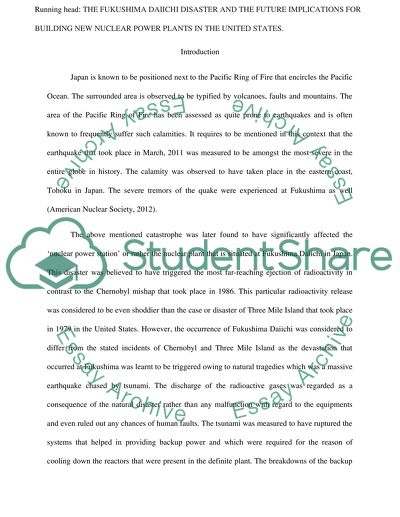Cite this document
(“The Fukushima Daiichi disaster and the future implications for Research Paper”, n.d.)
Retrieved from https://studentshare.org/environmental-studies/1398681-the-fukushima-daiichi-disaster-and-the-future
Retrieved from https://studentshare.org/environmental-studies/1398681-the-fukushima-daiichi-disaster-and-the-future
(The Fukushima Daiichi Disaster and the Future Implications for Research Paper)
https://studentshare.org/environmental-studies/1398681-the-fukushima-daiichi-disaster-and-the-future.
https://studentshare.org/environmental-studies/1398681-the-fukushima-daiichi-disaster-and-the-future.
“The Fukushima Daiichi Disaster and the Future Implications for Research Paper”, n.d. https://studentshare.org/environmental-studies/1398681-the-fukushima-daiichi-disaster-and-the-future.


